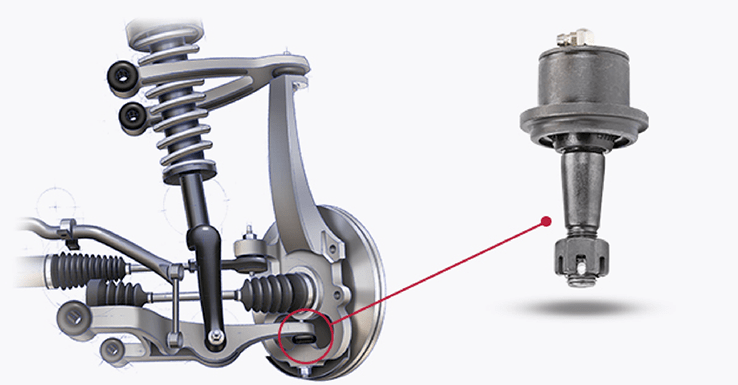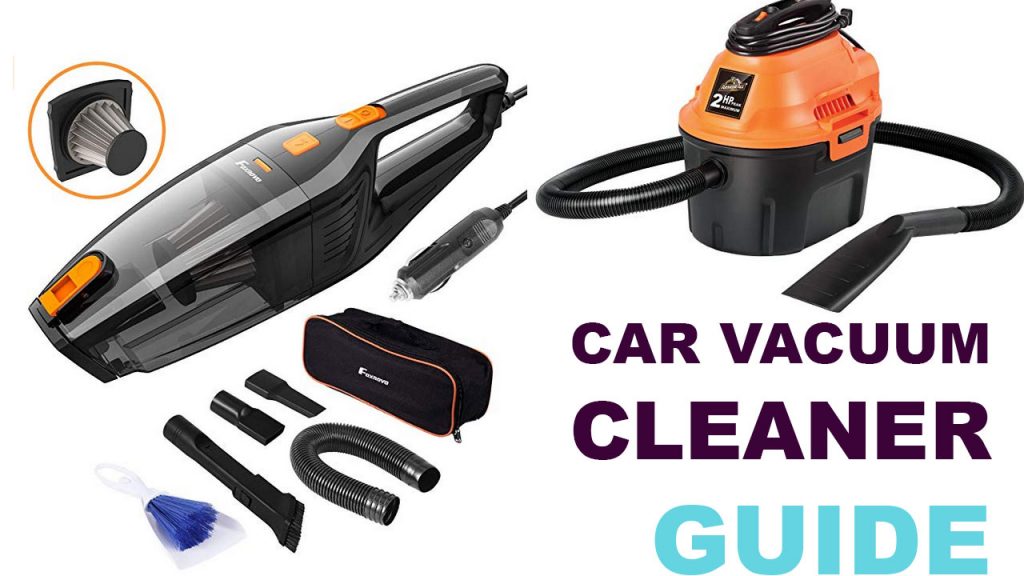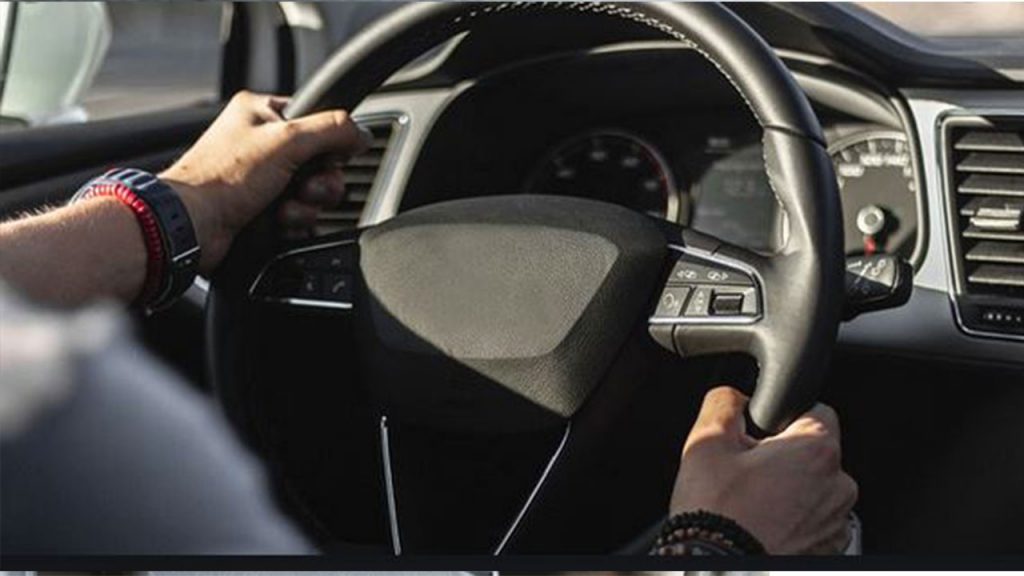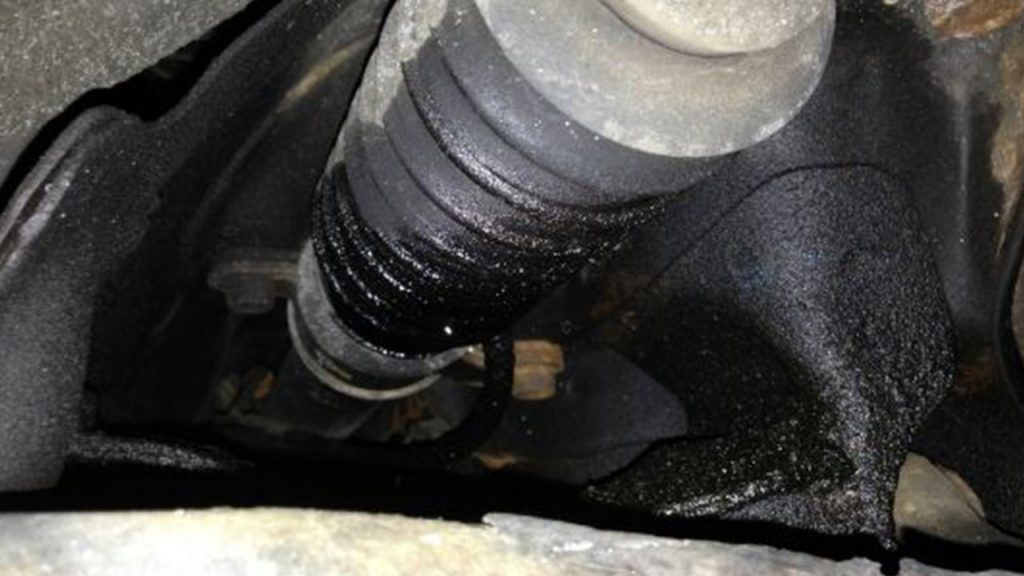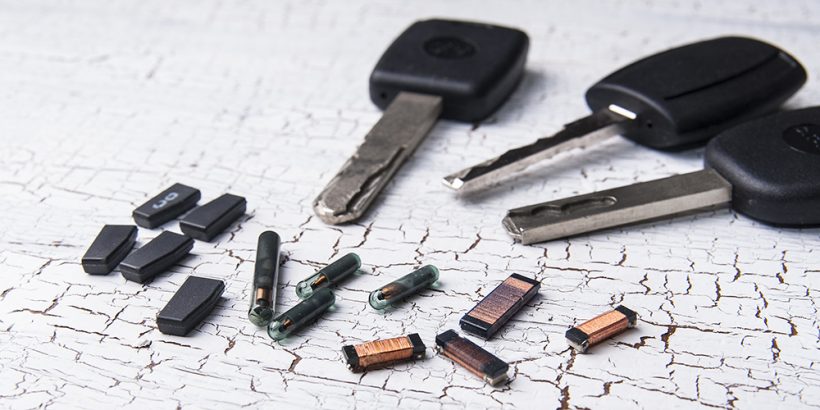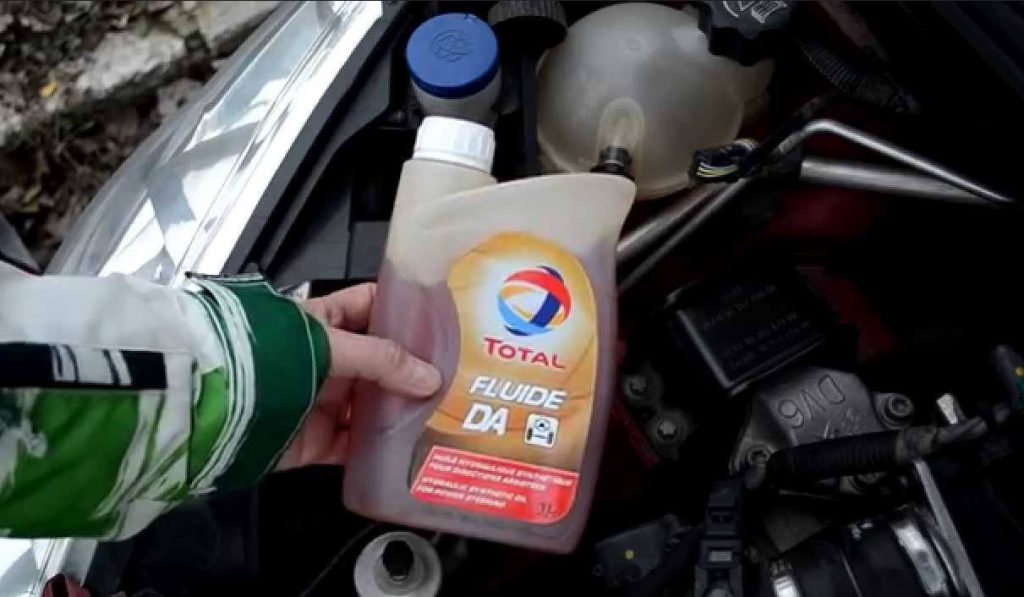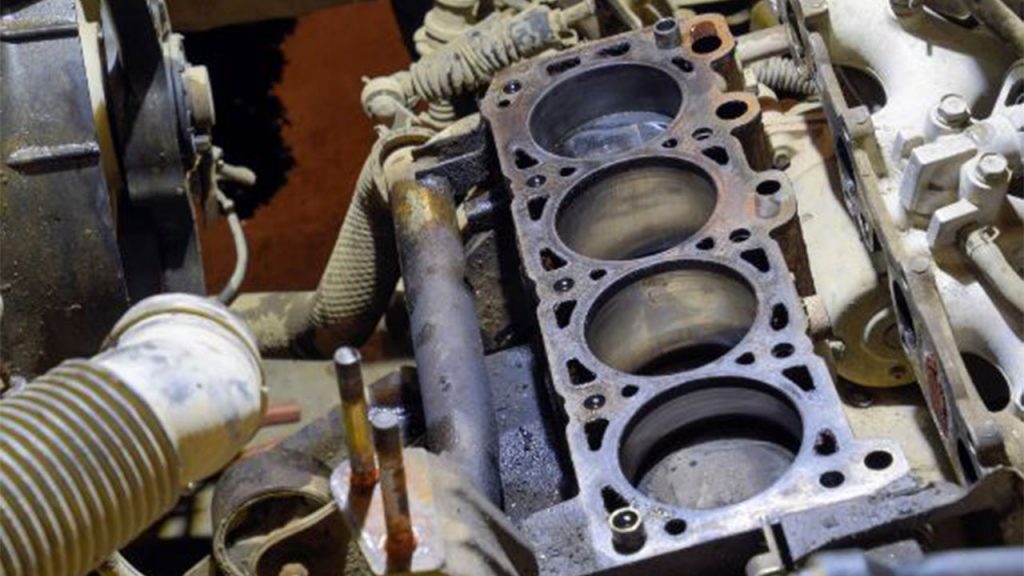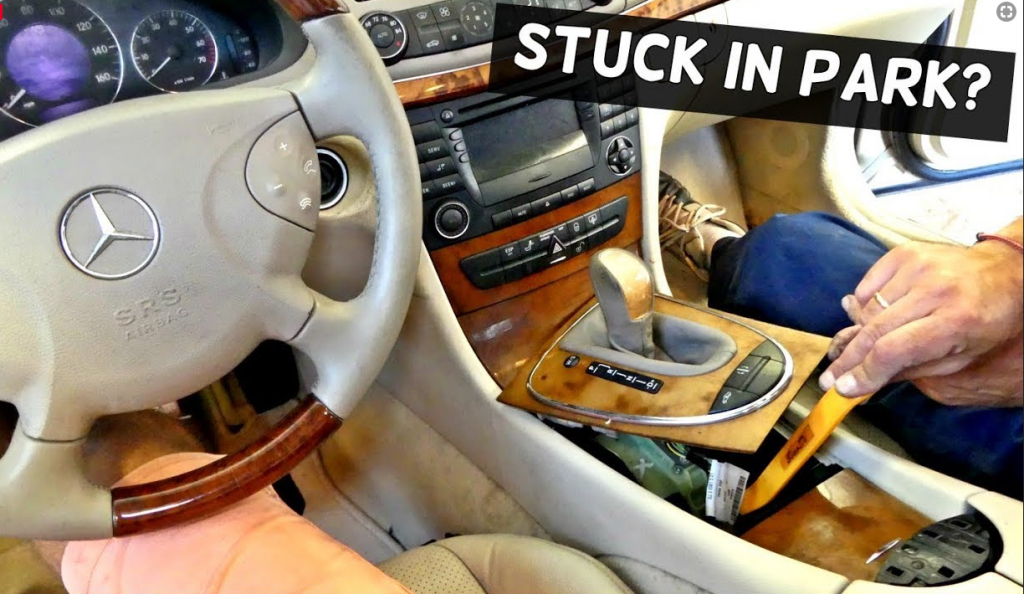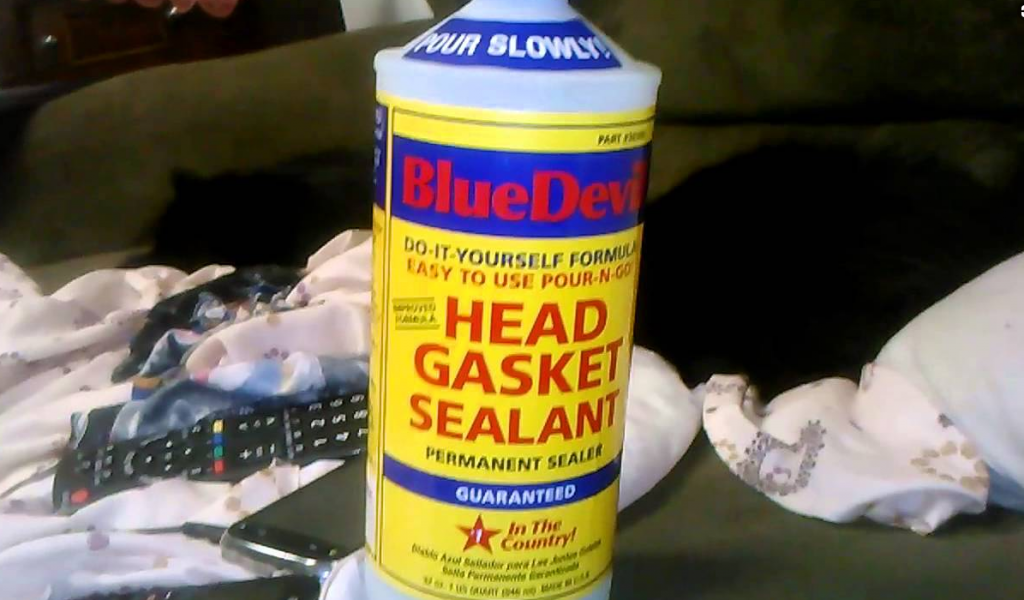Signs of a Bad Tie Rod vs. Ball Joint: Today, we are talking about two important parts of your vehicle’s steering and suspension system: the tie rod and the ball joint. Both of these parts play a significant role in keeping your car steering and suspension system functioning smoothly, but they can wear out over time, and when they do, they can cause serious issues if not addressed. So, in this post, we will talk about the signs and symptoms of bad tie rod vs. ball joint, their function, and their location.
Read Also: Symptoms of a Faulty Spark Plug and How to Fix Them
Symptoms of a Bad Starter Motor Problems
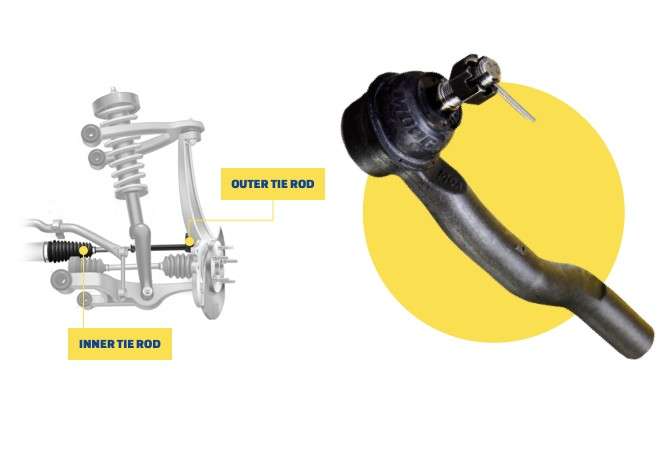
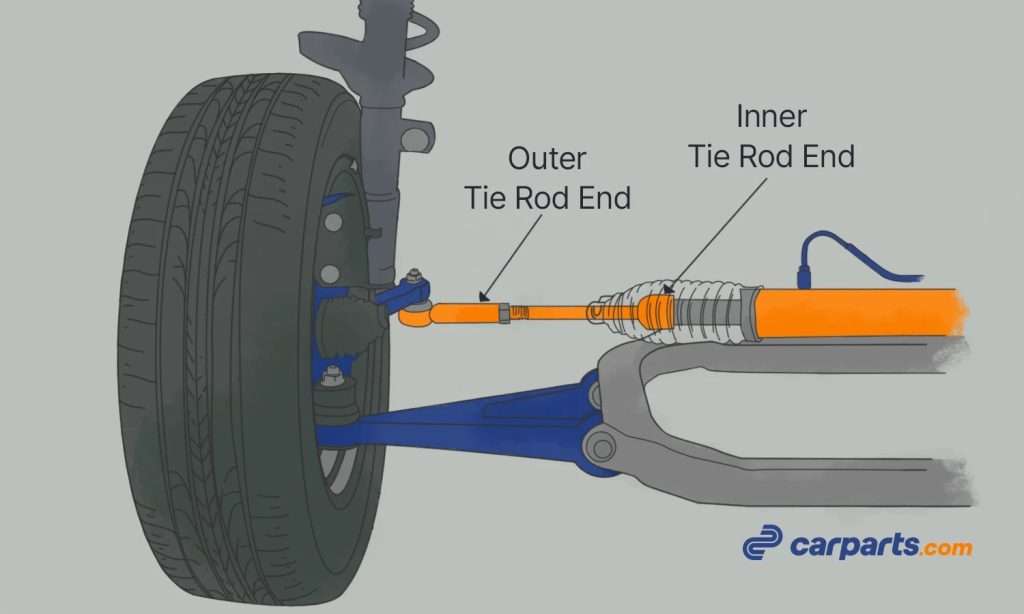
And finally, address some of the frequently asked questions on this subject, such as:
- is it dangerous to drive with a bad ball joint?
- how can I tell if the ball joints are bad while driving
- how long can you drive with bad ball joints
- how to check bad ball joints
- and lastly, how to check a bad tie rod.
Signs of a Bad Tie Rod vs. Ball Joint
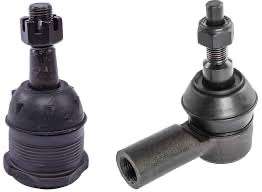

Bad Tie Rod Symptoms
A bad tie rod makes its presence known, and trust me, you don’t want to ignore it. Here’s what to look out for:
- Loose or Unresponsive Steering: Does your steering wheel feel sloppy or unresponsive? That could be a sign your tie rod is failing.
- Uneven Tire Wear: If you notice one tire wearing out faster than the others, it might be due to a bad tie rod affecting alignment.
- Vibrations or Shaking: Ever felt a vibration in your steering wheel while driving? That’s a classic symptom of a bad tie rod.
- Clunking Noise: Hearing a clunking or knocking noise, especially when turning or hitting bumps, could indicate tie rod trouble.
Bad Ball Joint Symptoms
On the flip side, bad ball joints come with their own set of warning signs:
- Clunking Noise: A worn ball joint often produces a distinct clunking noise, especially when going over bumps.
- Uneven Tire Wear: Just like a bad tie rod, a faulty ball joint can lead to irregular tire wear due to misalignment.
- Excessive Vibration: If your car vibrates excessively, it might mean your ball joint is loose or worn.
- Poor Handling: Does your car feel unstable or wobbly while driving? A bad ball joint could be to blame.
Knowing these symptoms can save you a lot of trouble and money, not to mention keep you safe on the road!
Function and Location of Tie Rod vs. Ball Joint
Tie Rod
- The tie rod connects your steering rack to the wheels, transferring the movement of your steering wheel to the tires. It ensures your wheels turn when you want them to.
- The tie rods are located in the steering system between the steering gear and the steering knuckle.
Ball Joint
- The ball joint acts as a pivot point for your suspension, allowing the wheels to move up and down while also enabling steering movement. Think of it as the joint that keeps your suspension flexible and your steering precise.
- Ball joints are part of the suspension system and are located where the control arms meet the steering knuckles.
Is It Dangerous to Drive with a Bad Ball Joint?
The short answer? Absolutely! Driving with a bad ball joint is not just risky; it’s downright dangerous. A worn or broken ball joint can cause your suspension to fail, potentially leading to loss of control. Imagine your front wheels collapsing inward while driving – terrifying, right?
When a ball joint gives out, it can result in:
- Steering failure.
- Sudden suspension collapse.
- Increased risk of accidents.
If you suspect a bad ball joint, don’t delay. It’s one of those problems where “better safe than sorry” truly applies.
How to Tell if Ball Joints Are Bad While Driving
Pay attention to these warning signs while on the road:
- Clunking or Banging Noises: Bad ball joints love to make themselves heard, especially when you drive over bumps or uneven terrain.
- Unstable Steering: Does your car feel like it has a mind of its own? Loose ball joints can cause steering to feel shaky or erratic.
- Drifting: If your car tends to drift to one side, it could be a sign that your ball joints are worn and affecting alignment.
- Excessive Play in the Steering Wheel: Try turning your steering wheel back and forth. If there’s too much play, your ball joints might need attention.
How Long Can You Drive with Bad Ball Joints?
This depends on how bad the ball joints are. Minor wear might allow you to drive for a while, but if they’re severely worn, it’s a ticking time bomb. Most mechanics would advise against driving more than a few hundred miles with bad ball joints. If you’re hearing noises or feeling instability, it’s best to get them checked ASAP.
Related Article: Auto Car vs Manual or Automatic Transmission, Which one is Better?

